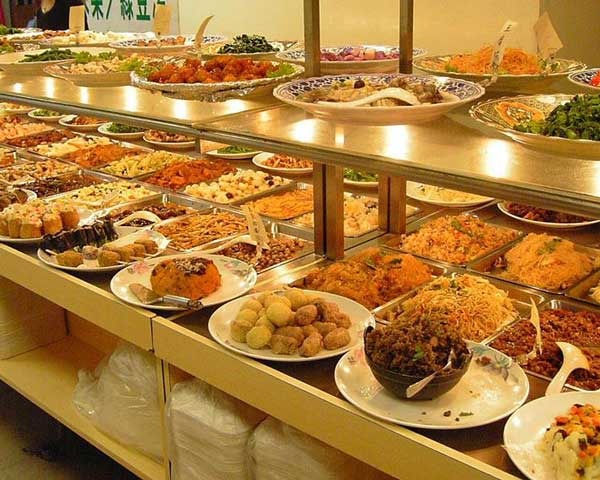The Economics Behind All-You-Can-Eat Buffets
If there's one culinary expression that Americans love to hear, it's "all you can eat." Allowing us to eat literally as much as we want for a set price isn't just a dining style, it's our duty as Americans, a challenge most of us are glad to accept. But how can restaurants that allow customers to just keep eating and eating make any money? What are the economics behind all-you-can-eat buffets?
While it might seem like some buffets are so slapdash that no thought was given to economics, in fact there's a real science to buffet pricing. According to Marketplace.org, buffet restaurants figure that each customer will eat about a pound of food per meal. Then they take the average number of customers per day, divide that into their daily food cost, and end up with the average cost per person. And there you go!
Food selection and placement on the buffet is also carefully planned. The cheapest and most filling items are usually placed at the beginning of the buffet line, with a huge spoon. The more expensive items usually appear further down the line, where plate space is at a premium, and they tend to be on small platters with smaller serving spoons.
